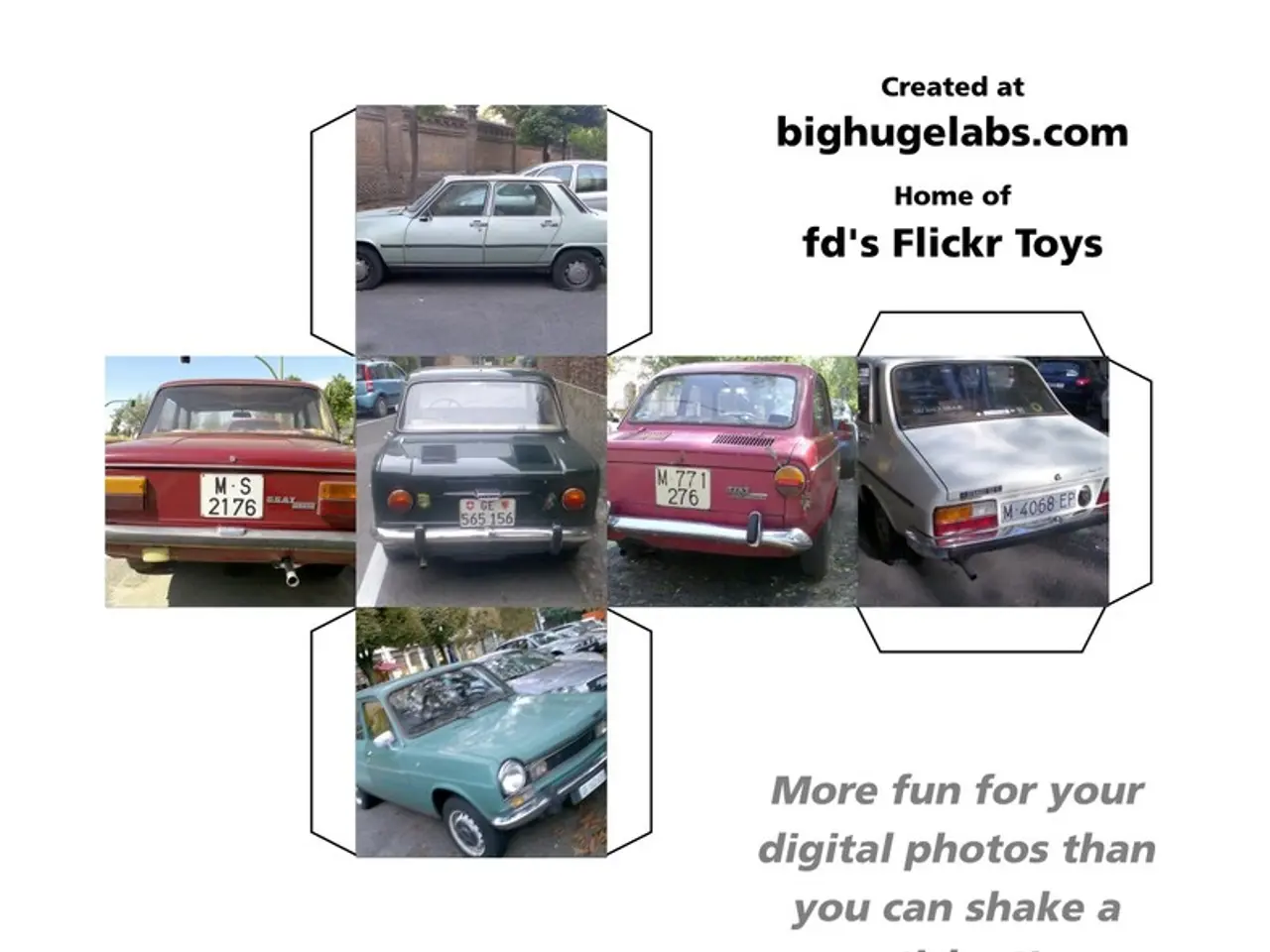Uncertainty prevalent worldwide regarding fossil fuel combustion and its climatic impacts
The European Union (EU) is pushing forward with its ambitious plan to phase out the sale of new internal combustion engine (ICE) passenger vehicles by 2035, a move that will significantly reduce Europe's new car emissions and pave the way for an electric vehicle (EV)-dominated market.
This commitment, part of the EU's climate policy, means that from 2035 onward, no new petrol or diesel passenger cars can be sold across the EU. While the EU is leading the way in this regulatory front, driving more rapid decarbonization of passenger transport in Europe, the transition is not without its challenges.
Industry voices, including BMW CEO and suppliers like Mahle, have raised concerns about the potential harm to European car manufacturing due to the ban. They advocate for continued technological diversity, including "green" ICE technologies and hybrids beyond 2035. Despite these calls, major EU players such as Germany insist the ban should remain in place.
One of the key challenges lies in achieving full fleet electrification. Many ICE vehicles sold up to 2035 will remain on the roads well into the 2040s. A crucial issue is that many used ICE cars may be exported to developing countries, potentially shifting emissions rather than eliminating them globally. Addressing this will require coordinated international policies to ensure exported vehicles meet emissions standards or are recycled.
In comparison, the United States currently has no comparable outright ban planned for new ICE vehicle sales by 2035, making its regulatory approach on ICE phase-out less aggressive than the EU’s. China, on the other hand, has its own policies favouring electric vehicles, but it has not announced a firm 2035 ICE sales ban like the EU. Instead, China's policies focus more on promoting New Energy Vehicles (NEVs) through incentives and quotas.
By 2035, around 40 million units, or 58% of global sales volume, could be affected by announced sales or registration bans for ICE vehicles. China alone accounts for 15.7 million of these affected units. However, China has not yet committed to a final registration ban for ICE vehicles, with the ban expected in 2060.
The slow progress in transitioning from gasoline and diesel vehicles to electric mobility in key regions is partly responsible for the slower decrease in CO2 emissions. The pace of transition in key European regions is slower than previously predicted. Major markets like the US are also likely to backtrack on their plans to phase out ICE engines.
Despite these challenges, experts believe that the coexistence of electric vehicles and ICE vehicles will continue in China for many years. Hendrik Honert of Berylls by AlixPartners states that the EU's phase-out scenario for 2035 relies on a faster transition from gasoline and diesel vehicles to electric mobility than currently observed. If the US were to reverse course, it would result in an additional annual CO2 emission of 16 million tons, equivalent to the CO2 emissions of 12,500 round trips of an Airbus A380 between Munich and Los Angeles.
In conclusion, while the EU's phase-out of ICE vehicles by 2035 is a significant step towards reducing CO2 emissions, it presents challenges both for industry and for ensuring global emissions reductions rather than displacement. The fate of the powertrain of the future, and with it, global CO2 emissions, may well be decided by China.
- The EU's push for electric vehicles (EVs) and the phase-out of new internal combustion engine (ICE) passenger vehicles by 2035 signifies a shift for science and technology, as the industry moves towards environmental-science-driven solutions to combat climate change.
- The transition from ICE vehicles to EVs is not without challenges; for instance, the concerns raised by industry voices about the potential harm to car manufacturing due to the ban.
- As the EU moves towards an EV-dominated market, other major economies such as the United States and China are also pursuing their own strategies in the automotive sector, with China focusing on promoting New Energy Vehicles (NEVs).
- The slow progress in transitioning from gasoline and diesel vehicles to electric mobility in key regions could lead to a slower decrease in CO2 emissions and potentially reverse course, as seen in the case of major markets like the US that might consider backtracking on their plans to phase out ICE engines.




